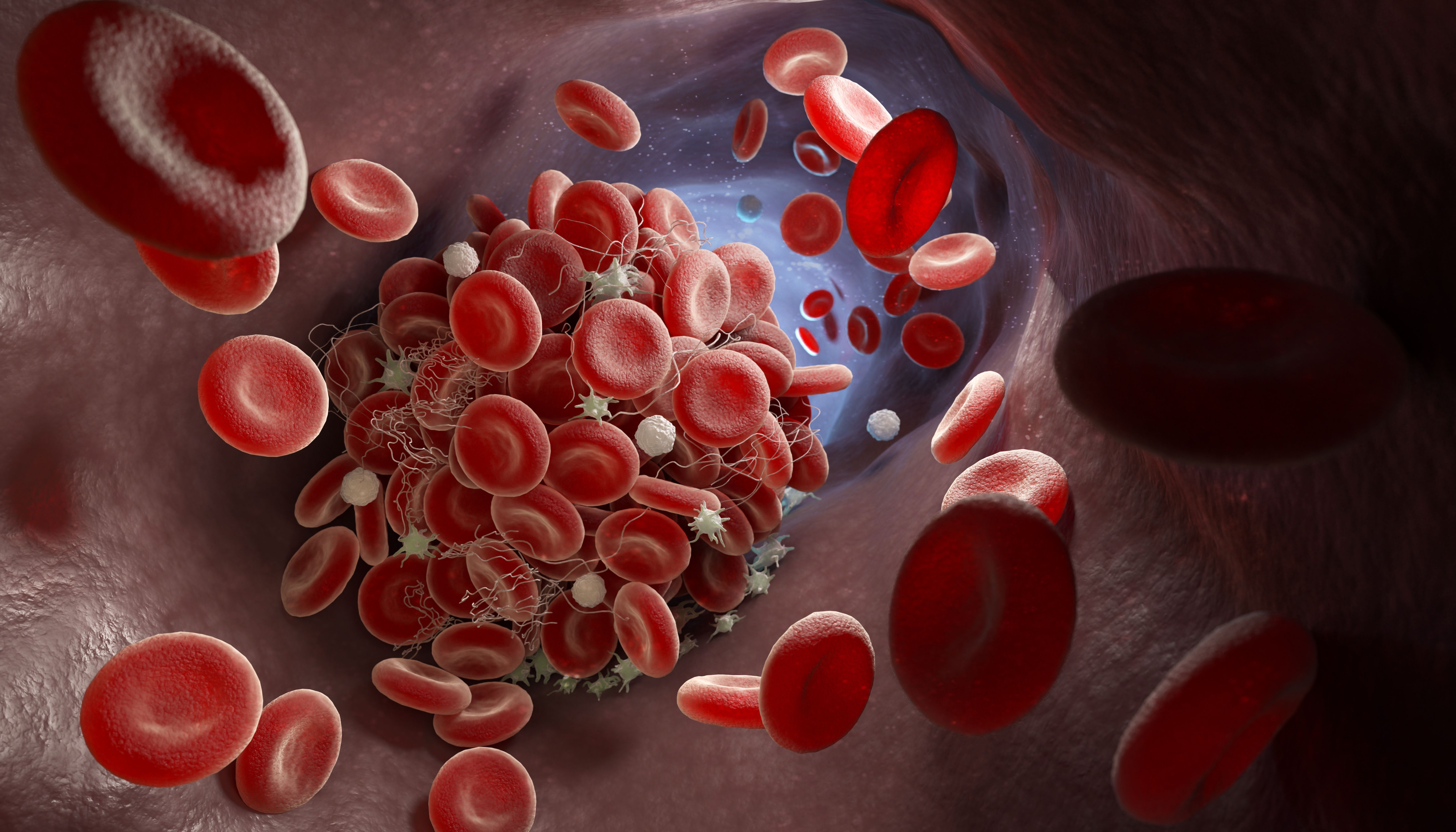Article
myMPN Empowers Patients, Encourages Research
Author(s):
"The objective is to equip the research and drug development communities with the data needed to move better MPN treatments, and potentially, cures, through the discovery pipeline more quickly."
Most people have probably never heard of a “myeloproliferative neoplasm,” more commonly referred to as an MPN, unless they receive a diagnosis or know someone who has.
MPNs are a group of diseases in which the bone marrow makes too many red blood cells, white blood cells or platelets. Since they are rare, a diagnosis can be even more overwhelming for patients and caregivers.
The MPN Research Foundation (MPNRF) understands this concern and created a patient registry, myMPN, to help empower them. In an interview with CURE, Lindsey Whyte, the myMPN project manager at the MPN Research Foundation, discussed the registry.
How does myMPN work and why is it an important tool for patients?
myMPN is a digital hub for patients to record and anonymously share their unique MPN journey with the research community. Participants can access a secure online portal with a personalized dashboard that shows available surveys to complete. Some surveys are topic specific, such as a type of therapy or lifestyle focused survey, while others are focused on tracking a user’s symptoms and quality of life over time. myMPN offers a patient a way to help the research community by sharing his or her unique journey with their disease.
The objective is to equip the research and drug development communities with the data needed to move better MPN treatments, and potentially, cures, through the discovery pipeline more quickly.
What is the current prognosis for patients with MPNs, and how do you hope myMPN can change that in the coming years?
Prognosis varies greatly based on many factors. There is a great deal of heterogeneity among people with MPN. Some patients live for several decades with few symptoms and some have a very rapid diagnosis and progression. Currently available drugs help some patients and not others, and sometimes the relief offered to a patient is short-lived. Through myMPN, patients can report in to the system as their disease gets worse or improves. myMPN is a jumping off point for further study of MPNs in a way that hasn’t been done before.
How many participants are there currently, and what is myMPN’s target reach?
Our goal is to encourage all patients with MPN to participate. The more data that is gathered over time, the better equipped the research community will be to identify factors that trigger progression of the disease and to find cures.
Currently, we have over 620 individuals participating in the United States. We hope that number will grow quickly, that each user will continue to participate by logging in regularly to fill out additional surveys and that our user base will grow outside of the U.S. The latter is limited by language — surveys in myMPN are only available in English — and, to a lesser degree, by local health data privacy laws. At the present time, we are taking it on a country by country basis, with an initial focus on English-speaking countries. In the U.S., we have a goal of 1,000 patients by calendar year end. But, as I said, the key to success will be continued engagement of a large cohort of patients, not simply one-time registration events by a certain number.
Are there unanswered questions around MPNs that you hope myMPN can resolve?
We want to better describe what people are going through as they live with their MPN. From their symptoms, to medication changes, to how it affects their ability to live their lives and to whether they progress to myelofibrosis (MF) or acute myeloid leukemia (AML). This is a living repository, the likes of which doesn’t exist for patients with MPN elsewhere. Our underlying drive is to answer who is progressing to more acute versions of a blood cancer, and why? Is it a genetic mutation, perhaps epigenetic? Is there a certain pattern of symptoms that no one has picked up on yet? Ultimately, we want to springboard into a study of genetic changes as well.
It is important to investigate these questions on this scale because it isn’t being done now, other than in individual clinics by forward-thinking clinicians and researchers. But MPNRF stands apart as a mission-driven organization that purely exists to support patients by funding research and answering questions about the underlying biology of MPN and how to create better therapies to treat and eventually cure it.
What advice can you offer a patient who may feel isolated following an MPN diagnosis?
Most people never hear the words “myeloproliferative neoplasm” until they get their diagnosis of polycythemia vera (PV), essential thrombocythemia (ET) or MF. They certainly have rarely, if ever, met someone else who has it (that they know of). Their isolation is compounded by the fact that this is a chronic disease, which means that very often their struggle is hidden from friends and family. Many patients remain in the closet about their diagnosis. We want to dispel the myth that they are alone by encouraging all with a diagnosis of an MPN to connect with others with the disease, be it through an in-person or online support group, by contributing to myMPN or just reading the comments and posts from Facebook or Twitter. There really is strength in numbers and we don’t want patients to feel like they are facing their MPN alone.
Is there anything else that you would like to mention?
Like many rare diseases, MPNs are little understood and there is only moderate interest among pharmaceutical companies to develop drugs for ET, PV and MF. By rallying the patient community around this tool and being able to demonstrate for the research funders and drug developers that there is critical mass and patients available for trials, we will significantly advance our cause.




